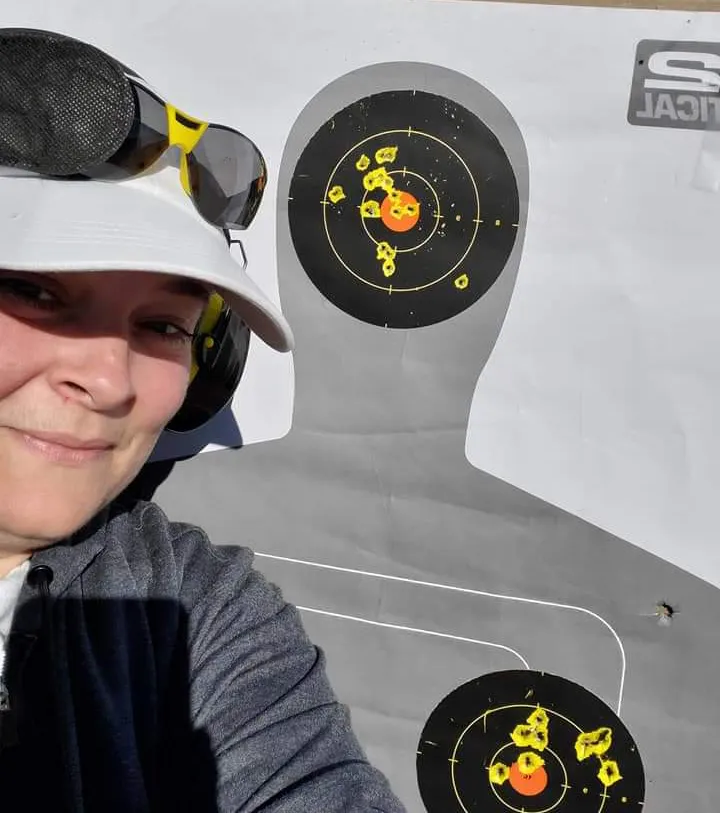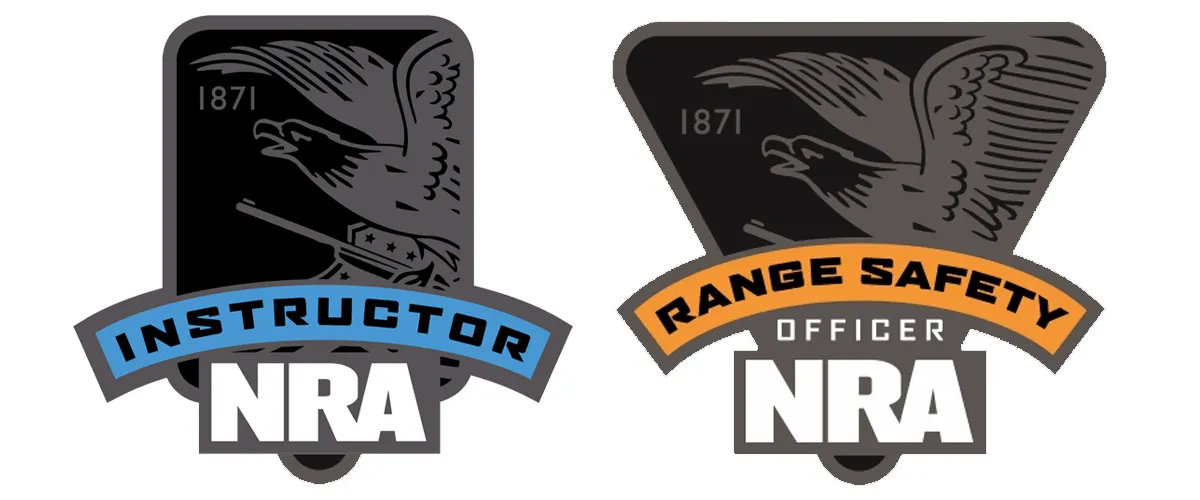
FIREARMS TRAINING
WITH YOUR PEACE IN MIND
WELCOME TO
ETA-FIREARMS
EMPOWER TRAINING ACADEMY
FIREARMS TRAINING WITH YOU IN MIND!
FIREARMS SAFETY & INSTRUCTION COURSES

ETA Firearms is your go-to choice for gun safety classes in Arizona. We also educate for concealed weapon permits, tactical training and more.
Firearms safety courses teach important safety practices and procedures to help prevent accidents and injuries when handling firearms. Being knowledgeable and trained in safe handling techniques can help reduce the risk of accidental discharges and injuries to yourself and others.
NRA CERTIFIED INSTRUCTORS
USCCA CERTIFIED INSTRUCTORS
WOMEN INSPIRED COURSES
ACTIVE SHOOTER TRAINING
FIRST AID COURSES
CONCEALED CARRY WEAPONS
REAL ESTATE AGENT SAFETY
LED CLASSES
It's not only about the novelty of shooting or owning a "gun". It's about our obligation to protect and freely exercise our 2nd Amendment right. We offer a variety of courses created by licensed instructors that teach respect, safety, responsibility and the legal requirements necessary to own and possess a personal firearm in Arizona.



OUR TRAINING COURSES & CLASSES
Taking a firearms safety course is an important step in being a responsible firearms owner and protecting your assets, yourself, and others. It can help you develop the knowledge, skills, and mindset necessary to safely and confidently handle firearms in a variety of situations.
NEW GUN OWNER TRAINING PROGRAM
1:1 & GROUP TRAINING AVAILABLE
SPECIALTY CLASSES & COMBO COURSES
WOMEN ONLY COURSES
CUSTOM CREATED COURSES & GROUPS
Schedule a free consultation here:
Stay Informed Through our Blog

Proactive Measures for Crime Prevention: Strategies to Deter Theft, Vandalism, and Trespassing

1. Enhanced Physical Security
Improved Lighting:
- Outdoor Lighting: Ensure that all exterior areas are well-lit, particularly around entrances, parking lots, and dark corners. Good lighting deters criminal activity by eliminating hiding spots and increasing visibility.
- Motion Sensors: Use motion-activated lights to alert security personnel or property managers of unexpected movement.
Secure Perimeters:
- Fencing and Barriers: Install sturdy fences, gates, and barriers around the perimeter of the property. Ensure that gates are securely locked and that fences are tall enough to prevent climbing.
- Secure Entry Points: Reinforce doors, windows, and other entry points with high-quality locks and security systems. Use window bars or shatterproof glass where appropriate.
Surveillance Systems:
- CCTV Cameras: Install high-resolution cameras at strategic locations around the property. Ensure cameras cover all entry points and vulnerable areas.
- Camera Placement: Position cameras where they can capture clear footage of faces and license plates. Use visible cameras as a deterrent and place some discreetly for additional coverage.
2. Access Control Measures
Controlled Access Points:
- Entry Control: Implement access control systems such as keycards, fobs, or biometric scanners to regulate entry to restricted areas. This helps prevent unauthorized access and tracks who enters and exits.
- Visitor Management: Use visitor management systems to log and monitor visitors. Provide temporary access credentials and ensure that all visitors are escorted or supervised as needed.
Regular Security Checks:
- Routine Inspections: Conduct regular inspections of access points, locks, and security systems to ensure they are functioning correctly and have not been tampered with.
- Audit Trails: Maintain records of access control logs and review them periodically to detect any irregularities or potential security breaches.
3. Community and Employee Engagement
Awareness Training:
- Security Training: Provide training for employees or community members on recognizing and reporting suspicious activities. Ensure they are familiar with security protocols and emergency procedures.
- Crime Prevention Education: Educate the community or staff about common crime trends and preventive measures. Promote a culture of vigilance and responsibility.
Neighborhood Watch Programs:
- Community Involvement: Engage with local community members to establish neighborhood watch programs. Encourage residents to report suspicious behavior and work together to enhance local security.
- Collaboration: Collaborate with local law enforcement and community organizations to stay informed about crime trends and share information about preventive measures.
4. Technological Integration
AI and Analytics:
- Smart Surveillance: Utilize AI-driven surveillance systems that can detect unusual patterns or behaviors in real-time. These systems can provide alerts and assist in rapid response to potential incidents.
- Data Analytics: Analyze security data to identify trends and vulnerabilities. Use this information to adjust security measures and address emerging threats.
Automated Alerts and Responses:
- Alarm Systems: Implement alarm systems that trigger alerts for unauthorized access, motion detection, or other security breaches. Ensure alarms are monitored and responded to promptly.
- Integrated Systems: Integrate various security systems (e.g., alarms, cameras, access control) to create a cohesive security network that can be managed from a central platform.
5. Environmental Design
Crime Prevention Through Environmental Design (CPTED):
- Natural Surveillance: Design the environment to maximize visibility and reduce hiding spots. This includes trimming overgrown vegetation and positioning windows and lighting to increase sightlines.
- Territorial Reinforcement: Define property boundaries clearly with signs, landscaping, and physical barriers. This helps establish a sense of ownership and deters intruders.
- Maintenance: Keep the property well-maintained and free of graffiti or signs of neglect. A well-kept property is less likely to attract vandals and trespassers.
6. Incident Response and Recovery
Preparedness Plans:
- Emergency Protocols: Develop and implement emergency response plans for various scenarios, including theft, vandalism, and trespassing. Ensure that all staff or community members are familiar with these protocols.
- Incident Reporting: Establish a clear process for reporting and documenting security incidents. This helps in analyzing incidents and improving future security measures.
Insurance and Recovery:
- Insurance Coverage: Ensure adequate insurance coverage for theft, vandalism, and property damage. This provides financial protection and aids in recovery efforts.
- Recovery Plans: Have a plan in place for addressing and repairing damage caused by criminal activities. Quick and effective recovery helps minimize the impact of incidents on operations or community activities.
By implementing these proactive measures, organizations and communities can significantly reduce the risk of theft, vandalism, and trespassing. A comprehensive approach that combines physical security, access control, community engagement, technological integration, and environmental design provides a robust defense against criminal activities and enhances overall safety.
Monday through Sunday
By appointment only
Copyright © 2024 E.T.A. FIREARMS | All Rights Reserved





